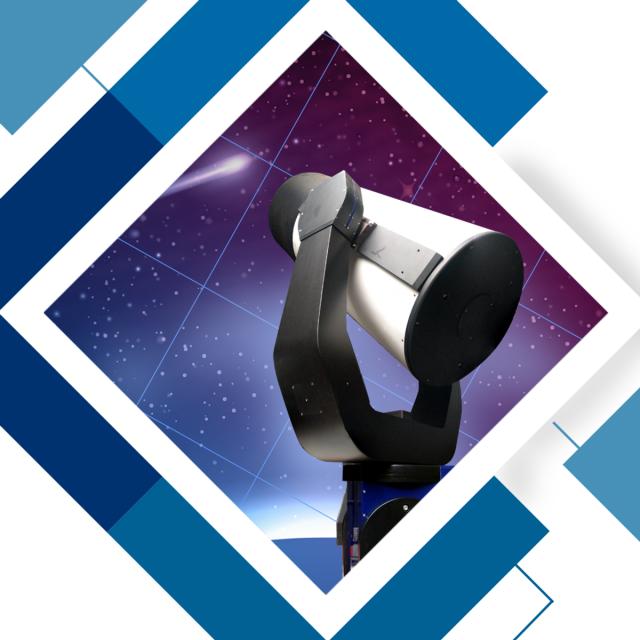MOOC List is learner-supported. When you buy through links on our site, we may earn an affiliate commission.

MOOC List is learner-supported. When you buy through links on our site, we may earn an affiliate commission.
In this course, we will talk about steps that should be done to detect satellites and estimate their parameters with the methods of background suppression, detection of isolated groups of bright pixels to classify them as stars or tracks. One of the items includes information about star catalogues and the astrometric reduction of the image. The examples of images in different observation conditions will be shown. Usually, during observation, a sequence of images is done and it is important to define the mutual displacement of images for suppressing the spatially correlated background. One more topic for discussion is spatiotemporal methods of filtering observation background and further extraction of spatially resolved point objects from the image.
Syllabus
WEEK 1
Image processing pipeline
The lectures of the first week cover the following stages of space monitoring information processing: background suppression; detection of isolated groups of bright pixels (areas); estimation of shape parameters of extracted bright areas for classification as stars or tracks; estimation of positions of detected stars; estimation of parameters of detected tracks; astrometric reduction of the image; photometric reduction.
WEEK 2
Correlation methods for determining the mutual displacement of images
Second week discusses a method for determining the mutual displacement of images based on the presence of spatial correlation of the observation background. This method can be used in a situation when the survey is carried out in such a way that the object does not go beyond the field of view of the telescope during the time between two successive frames, and these frames have a significant intersection in absolute angular space.
WEEK 3
Spatiotemporal methods of filtering observation background
Lectures of the third week describe spatio-temporal methods of filtering the observation background. General principles of these methods are considered. The most commonly used methods are described in detail: the simplest nonparametric time filtering algorithm, adaptive autoregression algorithm and algorithm of calculation filter coefficients as an explicit shift function.
WEEK 4
Extraction of spatially resolved point objects from digital image
The fourth week is dedicated to selecting and classifying allowed point objects in a digital image. The general limitations of using the proposed methods are considered. The general structure of the optimal algorithm is described. A method for detecting a single object in a fixed window is proposed. Based on this method, the case of determination the decision-making statistics in the image reference points for a symmetric PSF, conjugated with pixel dimensions, is considered. A suboptimal algorithm for detecting objects at image reference points is proposed.
MOOC List is learner-supported. When you buy through links on our site, we may earn an affiliate commission.
MOOC List is learner-supported. When you buy through links on our site, we may earn an affiliate commission.
